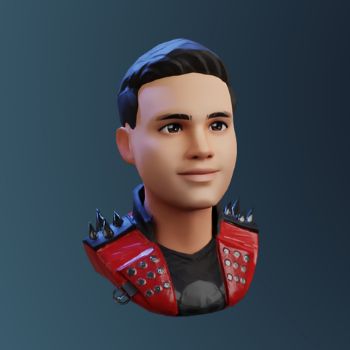393 reads
How to Build a Blog with NextJs, Chakra UI, and HyGraph
by
July 15th, 2022
Audio Presented by

Web developer, technical writer and OSS contributor. I write about web development, technologies and my learnings.
About Author
Web developer, technical writer and OSS contributor. I write about web development, technologies and my learnings.
Comments
TOPICS
THIS ARTICLE WAS FEATURED IN
Related Stories
24 Best JavaScript Blogs and Websites
@natashatsybliyenko
Dec 24, 2021
46 Stories To Learn About Blog
Feb 02, 2024
24 Best JavaScript Blogs and Websites
@natashatsybliyenko
Dec 24, 2021
46 Stories To Learn About Blog
Feb 02, 2024